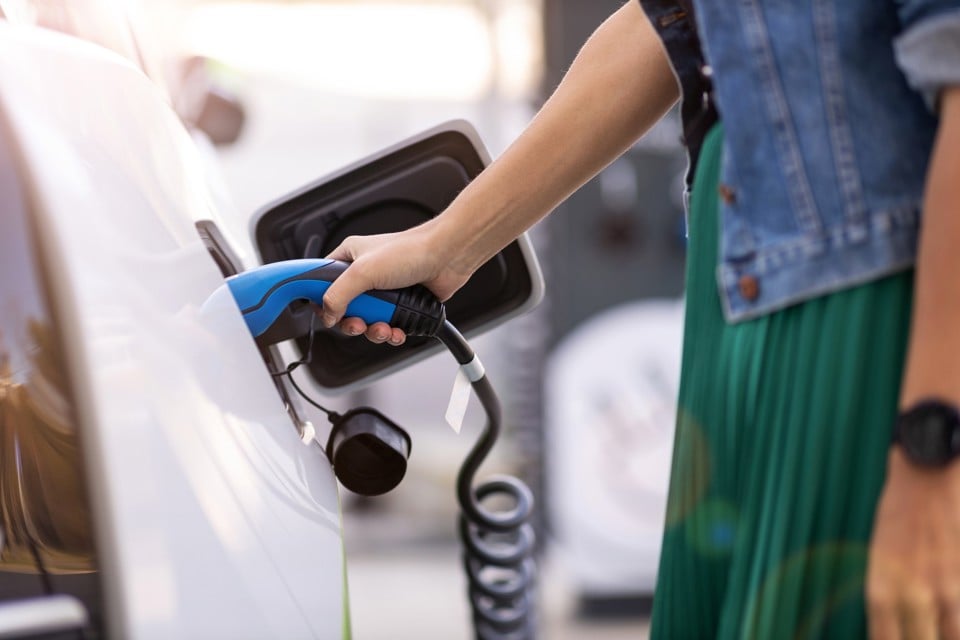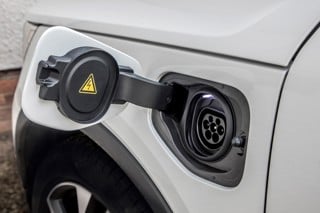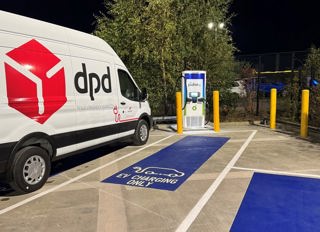The efficiency of different electric vehicles (EVs) is being prioritised by fleets due to increases in charging costs, according to the Association of Fleet Professionals (AFP).
Paul Hollick, chair at the AFP, has labelled the gaps between the most and least efficient EVs as “striking”, highlighting how fleet managers were increasingly swapping information on which were delivering the best figures in real world conditions.
He explained: “When EVs started arriving on fleets, fuelling them cost just a fraction of a petrol or diesel vehicle, so there was relatively little attention paid to which had the best miles per kWh figures.
“However, the price rises seen in the last year or so, with some on-the-go charging costing as much as refuelling an ICE car or van, means that is no longer the case.”
Mina published data at the start of the year showing that home EV charging costs had risen by 4p per kWh since the end of last summer to an average of 30p per kWh.
However, the figures also showed that EV drivers using the public charge point network saw an average price rise of 14p to 70p per kWh over the same period.
“Increasingly, fleets are taking a lot of notice about which EVs are the most efficient,” Hollick said. “They are spending time analysing which fall within reasonable parameters and which don’t in exactly the same way as they have done with ICE cars for many years.
“That means working out whether the problem lies with the vehicle, the route or the driver – and taking appropriate managerial action.”
Fleets are even starting to remove EVs with the worst figures from choice lists and sometimes incentivising drivers to choose the most efficient options, says Hollick.
He continued: “It’s widely reported that some widely used EVs are struggling around the two miles per kWh mark while competing cars can deliver almost twice that figure.
“These are significant differences that, with current electricity pricing, can have a genuine effect on running costs.
“Certainly, some manufacturers are starting to get reputations for EV efficiency while others are seen as the opposite, and choice lists are being modified accordingly.
“Of course, efficient EVs also make AER repayments more realistic, with the new nine pence per mile rate much closer to the amount being paid by drivers of more efficient EVs who charge at home.”





















Login to comment
Comments
No comments have been made yet.